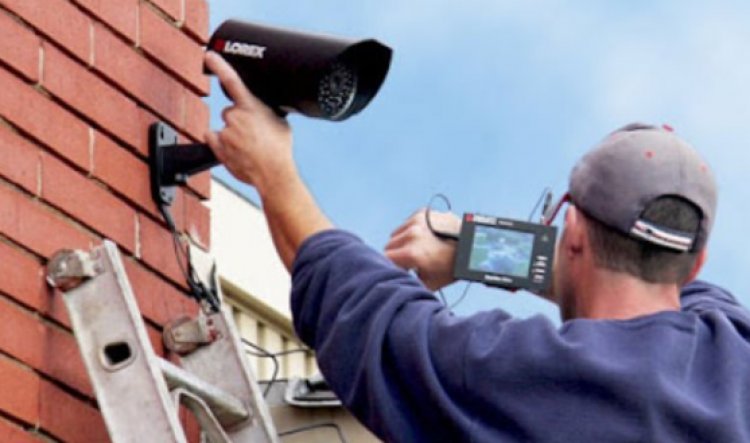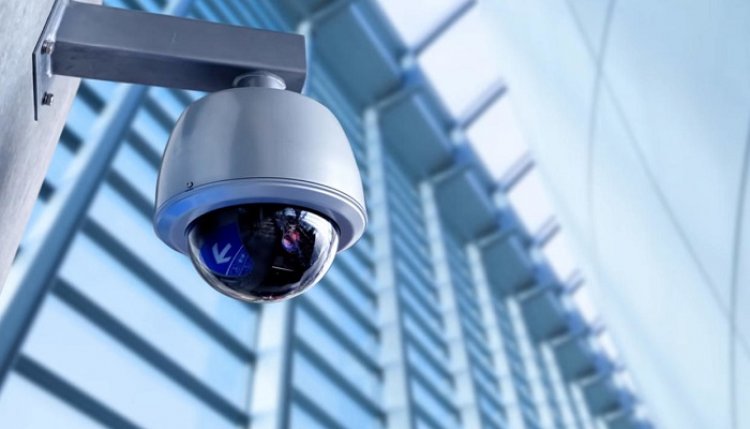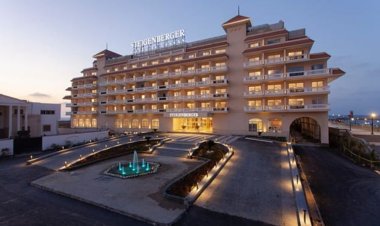Clause 17.. Conditions for granting licenses to public shops
The Supreme Committee for Licensing of Public Places has determined the activities and requirements that must be met for the installation of surveillance cameras, and the places and activities in which the installation of surveillance cameras is prohibited.

The Public Shops Law has become one of the most important laws that concern Egyptians at the present time.
Article 13 of the Public Shops Law specifies the requirements for a complete registration and monitoring system for all types of shops in order to remain open, otherwise they will be closed, and it came as follows, according to the text of the law.
1 - Automatic and continuous recording of the digital video signal on the video storage unit.
2 - record video on any recording medium.
3 - record video and display the recorded material and the live show at the same time.
4 - Video operations should not interfere with other recordings.
5 - View the recorded material, live vision, and non-stop video recording.

6 - Supports event-based recording.
7 - 24-hour registration.
8 - record all cameras for at least 15 days at a rate of 25 images per second for all cameras and with the highest camera resolution.
9 - Support the digital zoom feature.
10 - The application supports the ability to control and program any camera protocol for moving mobile cameras in all directions and the optical zoom feature.
11- Show or hide data on the screen.

12 - There is a visual indicator to indicate the registration process.
13 - The presence of an indicator stating that the signal has been cut off in the event of its occurrence or in the event of any technical failure.
14 - Store a log of user operations and faults.

15- Display information on the status bar, including the time and date.
16 - Support for connecting to a display and control screen.
17- In the case of using a network recording device, it must support the IEEE 1,802 x protocol to control access to networks, as well as the electricity protocol via the network cable.


 Shrouq
Shrouq 












